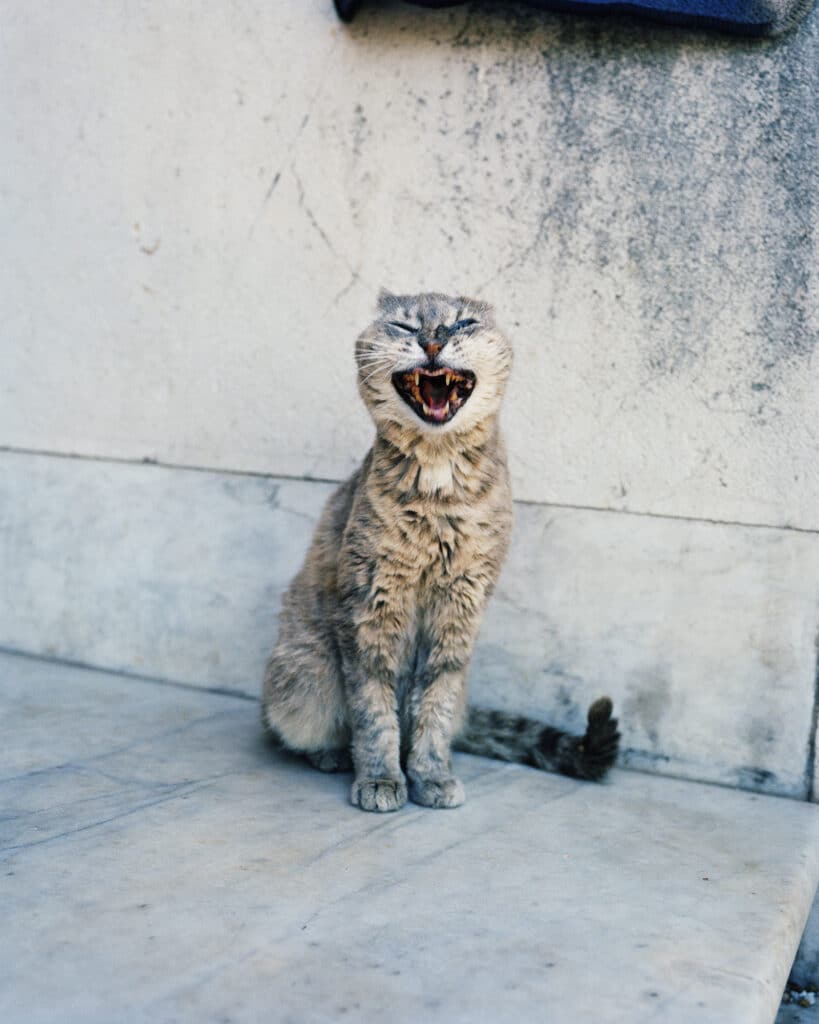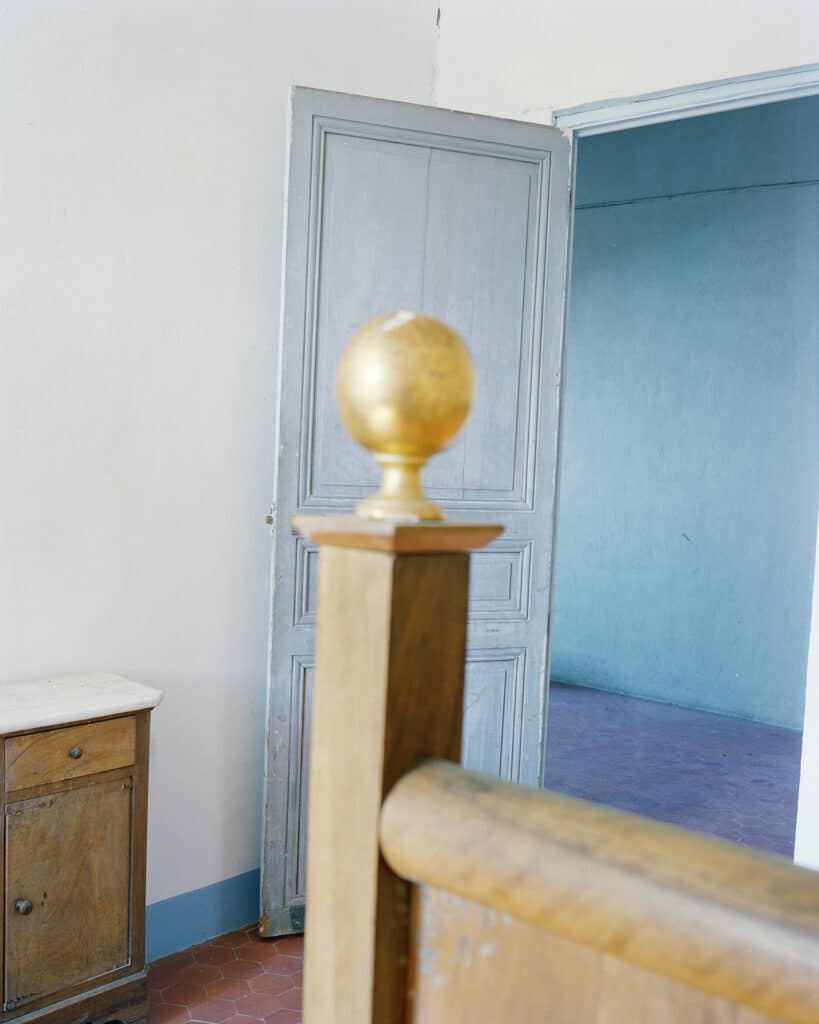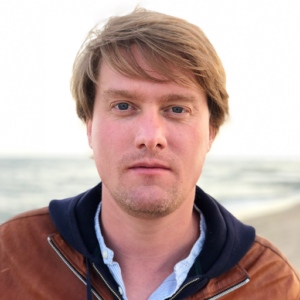The opening week of the Rencontres d’Arles began with unseasonably cool weather for southern France. Just 86°F in the shade, accompanied by gusts of the mistral wind. The week concluded with a uniquely rainy Saturday, described as “a sad day” by many festival-goers, marking a definitive close to the festivities.
While the weather threw a few curveballs, the 55th edition of the world’s premier photography festival was, in many respects, a resounding success. This is some consolation, especially considering that the five or six previous editions sometimes fell short with their lukewarm programming.
This year, the organizers cleverly chose to showcase works that resonate deeply with the daily lives of the audience, grounded in compassion, humanity, social engagement, solidarity, acceptance of others, and an awareness of our era’s challenges—this at a time when, in politics, all of France seemed to be holding its breath.
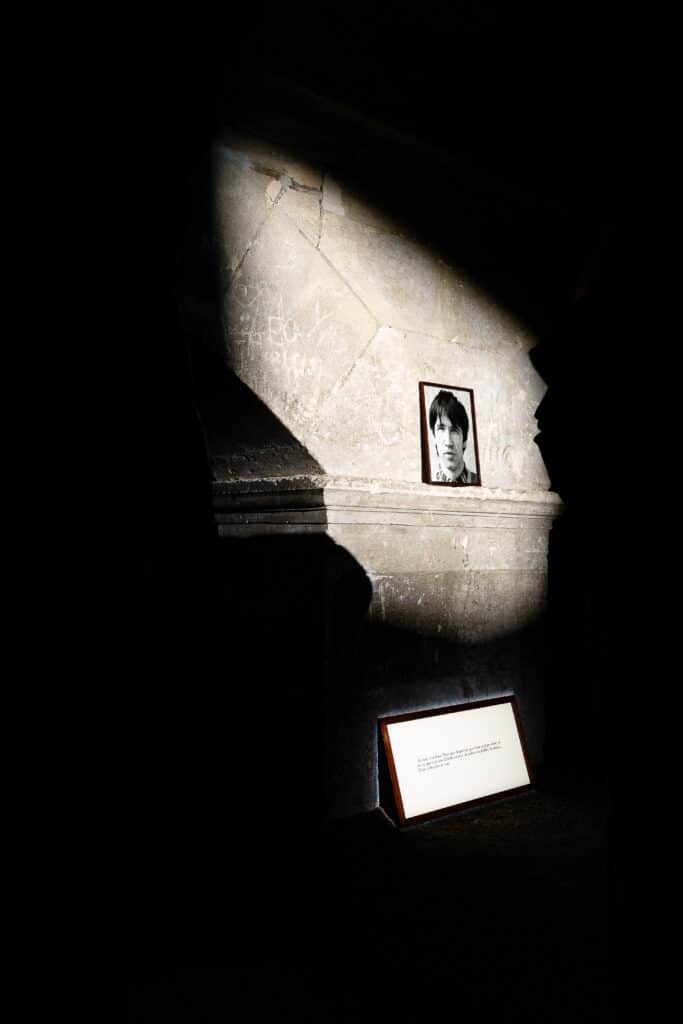
An overview
Stepping into the crypts of Arles to (re)discover Sophie Calle’s project on how the blind perceive beauty, color, and the last image they saw is a profoundly moving experience—the highlight of the festival thanks to its poignant simplicity.
Diving into Cristina de Middel’s exhaustive installation about South American migration through Mexico evokes a complex mix of emotions, oscillating between fascination and sadness, and bordering on mysticism. It is best experienced seated on benches that emanate the typical music of the region, slowly absorbing Middel’s portrayal of the harrowing daily realities faced by those willing to endure the desert’s deadly thirst and heat to seek a precarious existence in the United States for just a few more dollars.
Engaging with Vasantha Yogananthan’s highly sensitive portrayal of Provence, which captures the beauty of life’s simple, intimate moments with profound respect for both inanimate and living entities, proves to be an essential experience in today’s world.
Exploring a retrospective of Mary Ellen Mark’s career allows one to grasp the profound compassion that this titan of documentary photography harbored for society’s most vulnerable. Throughout her life, she captured their stories with unwavering energy and a photographic power that resonates deeply.
Ascending to the first floor of the Manuel Rivera-Ortiz Foundation to explore the works of Anas Aremeyaw Anas, Muntaka Chasant, and Bénédicte Kurzen, laureates of the Carmignac Photojournalism Award for their investigation into the transnational flow of electronic waste, prompts profound reflections on our consumption of household appliances, mobile phones, computers, and televisions. This meticulous inquiry blends copious data, vivid imagery, and compelling testimonies.
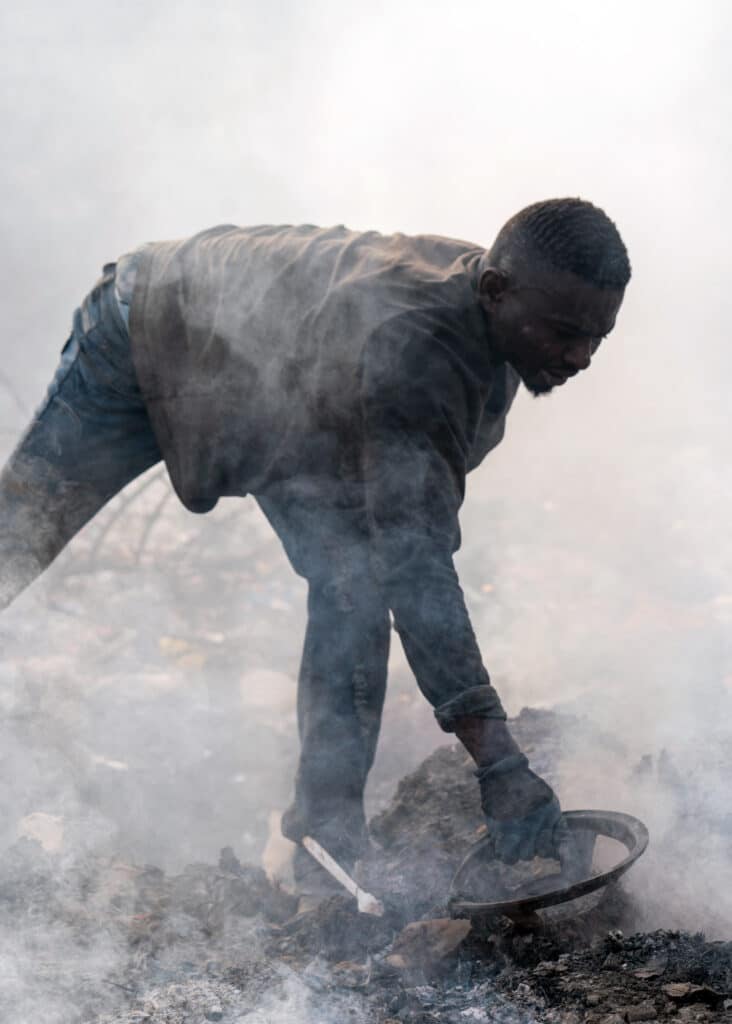
What else? One might find oneself amused or alarmed by Bruce Eesly’s ingenious series, made using artificial intelligence imagery to envision the future of farming. There’s genuine cause for concern about America’s trajectory at Debbi Cornwall’s exhibition, which maintains her unique documentary style. A journey through Brooklyn, Harlem, or Queens at the graffiti exhibition vividly captures the raw essence of New York’s streets.
Seeing sports photography featured in Arles, particularly timely with the Olympics just round the corner, is a nod to the democratic spirit of photography. Transitioning from one Japanese exhibition to another, one gains an appreciation for the profound respect the people of the Land of the Rising Sun hold for life, articulated with a finesse seemingly unattainable by us Westerners.
For a few euros more
This year, the budget for the Rencontres d’Arles has reached €7.45 million, with ticket sales constituting 39% of total revenue. It’s noteworthy that the individuals greeting you at the exhibition entrances are paid employees, not volunteers. The festival employs about fifty full-time staff throughout the year and hires over 300 people on six-month contracts for tasks such as setting up exhibitions, ticketing, and guest services.
The compensation for photographers is as follows: €2,000 for a solo exhibition, €500 for group exhibitions featuring fewer than ten artists, and €300 for those with more than ten. Curators receive a flat rate of €3,000, which is split among multiple curators.
When considering the broader picture—thirty-eight official exhibitions plus ten additional associated displays—a maximum of €300,000 (only 4% of the total budget of the festival) is allocated to independent photographers who try to earn their livelihood through photographic production. Additionally, industry professionals participating in the festival’s portfolio reviews are compensated €200 per day, whereas photographers pay €300 for ten portfolio reviews.
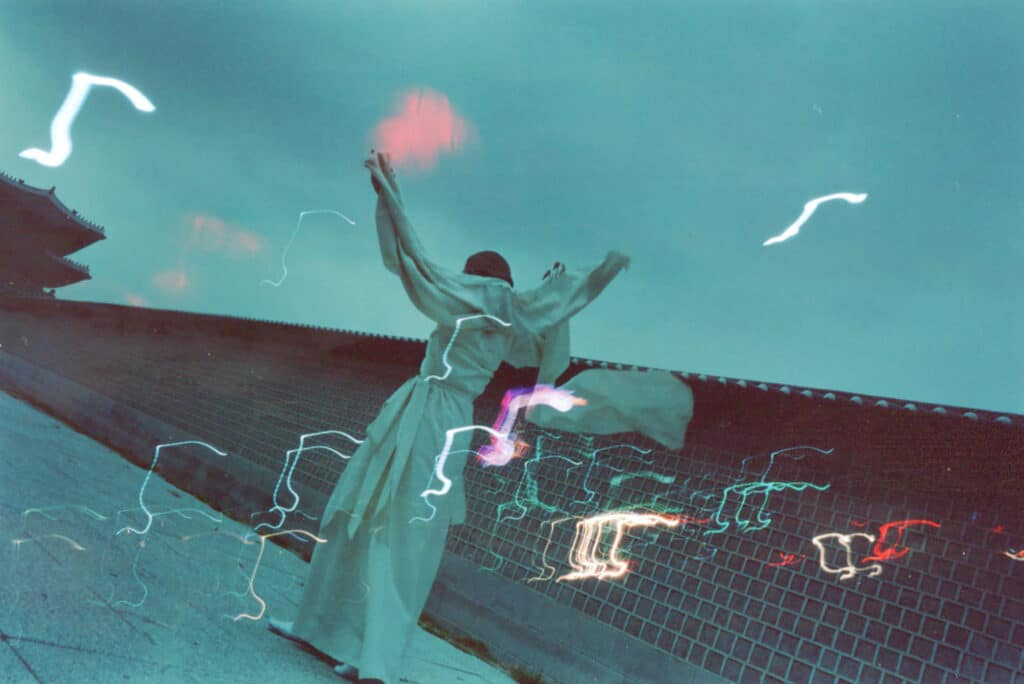
We all cherish the Rencontres d’Arles. Exhibiting there represents a significant opportunity, and attending offers a profoundly emotional experience. This year’s festival is particularly distinctive. Yet, a persistent question lingers: Where does all this money go if not to the photographers, artists, and content creators who are the lifeblood of the festival?
Les Rencontres d’Arles, Beneath the Surface. July 1 to September 29, 2024.
Cover picture: Number One, “Save America” Rally, Youngstown, Ohio, U.S., Model Citizens series, photograph, 2022 © Debi Cornwall

